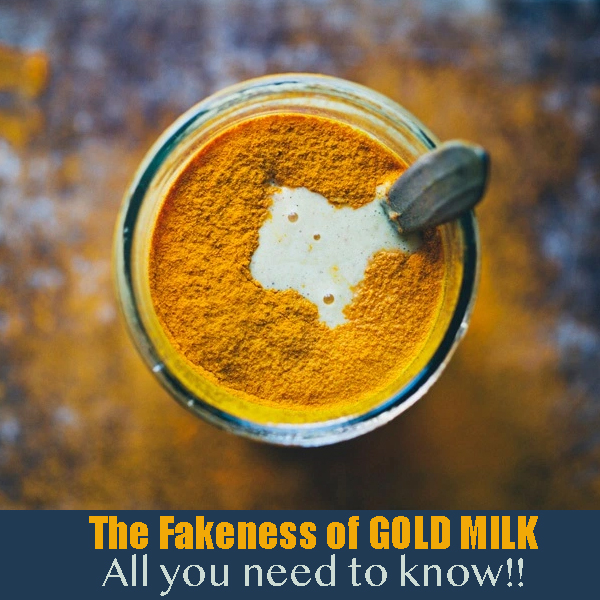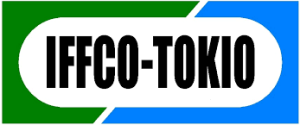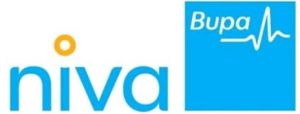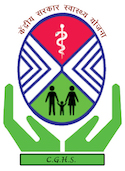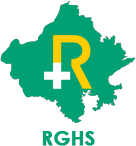Can Ayurveda Slow the Progression of Motor Neuron Disease (MND)?
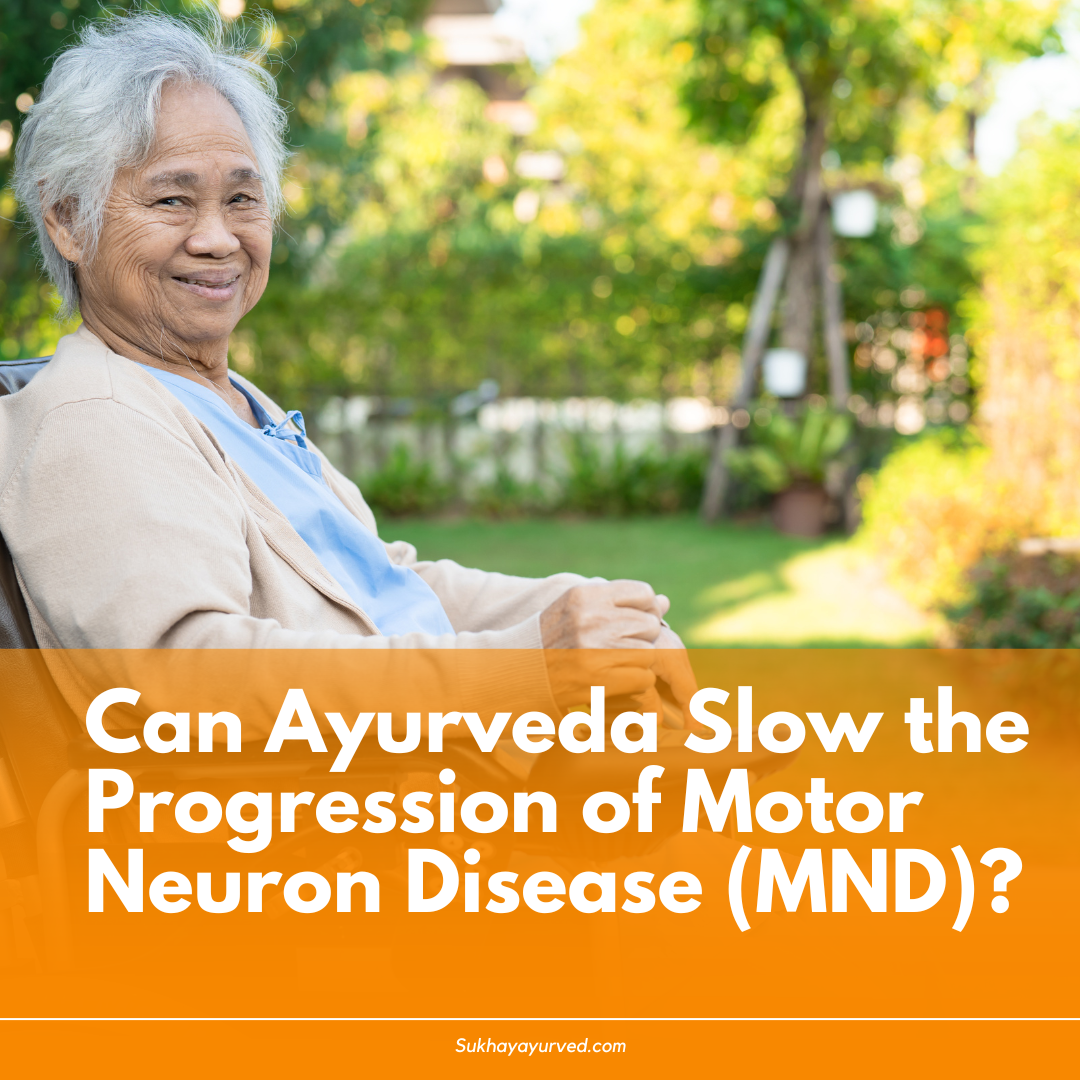
Motor Neurone Disease (MND) is a progressive neurodegenerative disorder involving motor neurones. MND weakens muscles and affects mobility, speech, and breathing. The symptom handling approach of conventional medical system is not much helpful in this condition. Ayurveda can help in strengthening of nerves, slowing down of decay of neural tissue by working o the Dosha-centric approach. This helps in improvement of quality of life over all.
This article investigates whether Ayurveda can reverse the progression of MND, supported by research, case studies, and real-life experience and for the query you are searching for an answer- Can Ayurveda Slow the Progression of Motor Neuron Disease (MND)?
1. Understanding Motor Neuron Disease from an Ayurvedic Perspective
In Ayurveda, Motor Neuron Disease (MND) relates with a condition of Kaphavritta Vata, where Kapha (being sticky in nature) obstructs the normal functioning of Vata. This leads to impaired nerve conduction, muscle weakness, and loss of coordination. This pathological process results in:
- Srotorodha (Obstruction of channels) – restricting nerve impulses and muscle nourishment- resulting in muscle wasting and non performance of muscles.
- Majja Dhatu Avarana (Hinderance in nerve sheath function) – causing progressive degeneration at the neural levels.
- Pranavaha Srotas Vikara (disruption in respiratory and neuromuscular functions) – Because this condition involves the upper part of the body thus affects- breathing, movement, and muscle control
This obstruction leads to sluggish nerve responses, stiffness, and progressive motor dysfunction, these symptoms appear in MND.
How Ayurveda Approaches MND Treatment
In Kaphavritta Vata, the excessive Kapha obstructs Vata’s normal functions. Ayurveda focuses on following steps for the treatment of MND:
✔ Clearing Kapha obstruction through deep detoxification therapies like Panchakarma (Basti, Virechana, and Nasya)
✔ Restoring Vata mobility with Udvartana (dry powder massage) and Swedana (sudation therapy)
✔ Enhancing nerve function by removing Strotorodha (blockage in channels) and rejuvenating Majja Dhatu (nervous tissue).
✔ Strengthening muscles and improving coordination with Rasayana therapies (medhya and balya herbs) to balance Vata without aggravating Kapha.
This approach helps manage disease progression, improve neuromuscular coordination, and enhance overall vitality in MND patients.
2. Scientific Case Studies on Ayurvedic Interventions for MND
Although research on Ayurveda and MND is still evolving, several studies suggest that Panchakarma therapies, herbal medicines, and dietary modifications help manage neurodegenerative disorders.
Key Research Findings:
✅ Basti Therapy for Neuro-protection: Studies indicate that medicated enemas with Dashmoola, Bala, and Ashwagandha improve nerve function and muscle tone.
✅ Shirodhara & Nasya: Continuous oil pouring on the forehead and nasal instillations help to reduce stress, enhance brain function, and regulate neurotransmitters.
✅ Medhya Rasayanas (Brain Rejuvenators): Herbs like Brahmi, Mandukaparni, Yashtimadhu and Guduchi help with their antioxidant and neuroprotective properties, reducing disease progression.
✅ Dietary Interventions: Consumption of fat based medicines like ghee and sesame oil helps in protectaction the nervous system and reduce neuro-inflammation.
📌 Example: A study published in the Journal of Ayurveda & Integrative Medicine found that herbal formulations combined with Panchakarma therapies helped improve muscle tone and coordination in neurodegenerative patients.
3. Can Basti Therapy Regenerate Nerve Health? Ayurvedic Explanation
Why is Basti Therapy Essential in MND?
Basti (medicated enema) is considered the most effective treatment for Vata disorders. Since Vata is mainly located in the colon, Basti directly nourishes the nervous system by:
🔹 Providing neuroprotective herbs through absorption in the colon
🔹 Improving circulation to muscles and nerve endings
🔹 Reducing dryness and degeneration of neurons
Types of Basti Used for MND Treatment:
- Anuvasana Basti (Oil-Based Enema) – This type of basti chikitsa provides deep tissue nourishment with Dhanvantram oil, Shachradi & Bala Taila
- Asthapana Basti (Decoction Enema) – Also known as Niruha basti, this helps in detoxification to balance the Kapha Dosha.
Evidence Supporting Basti Therapy in Neurological Disorders:
🧪 Clinical trials on Basti therapy have demonstrated improvements in nerve conduction, muscle coordination, and flexibility in patients with neuromuscular disorders.
4. Ayurveda vs. Conventional Medicine: How Ayurveda Manages Symptoms Differently
| Parameter | Modern Medicine (Allopathy) | Ayurveda |
|---|---|---|
| Approach | Symptom management with drugs (Riluzole, Baclofen) | Root cause treatment (Vata pacification) |
| Effect on Muscles | Delays progression but doesn’t regenerate nerves | Strengthens & regenerates nerves (Basti, Nasya) |
| Side Effects | Liver damage, fatigue, dependence on drugs | Minimal side effects with proper guidance |
| Overall Impact | Slows down but doesn’t stop degeneration | Aims to improve quality of life & functional ability |
💡 Conclusion: While allopathy provides short-term relief, Ayurveda focuses on long-term nerve health through natural healing therapies.
5. Success Stories: Ayurvedic Treatment of MND at Sukhayu Ayurved
Case Study: Patient with Early-Stage MND
🔹 Patient Name: Mr. Ramesh Verma, 52 years
🔹 Symptoms: Progressive muscle weakness, difficulty swallowing, fatigue
🔹 Treatment Plan:
✅ Basti Therapy: Anuvasana & Asthapana Basti for 21 days
✅ Nasya (Nasal Therapy): Brahmi Ghrita for brain function
✅ Udvartana: Kolkulthaadi Churna and Triphala
✅ Pizhichil: With Dhanvantram and Shudh Bala Tailam.
✅ Rasayana Medicines: Vrihat Vata Chintamani Rasa, Ras Raj Rasa, Vatakulantaka Rasa etc.
✅ Abhyanga: Full-body oil massage for muscle strengthening
Results After 3 Months:
✔ Muscle strength improved by 30%
✔ Reduced muscle cramps & stiffness
✔ Better digestion & overall energy levels
🗣 Patient Feedback: “I feel more energetic and my muscle pain has reduced. My movements have improved, and I can walk better!”
6. Combining Ayurveda with Physiotherapy & Yoga for Better Outcomes
Why is an Integrated Approach Essential?
Since MND affects muscle control & coordination, Ayurveda works best when integrated with physiotherapy and yoga therapy.
Recommended Therapies:
✔ Physiotherapy: To maintain mobility & prevent muscle stiffness
✔ Ayurvedic Medicines: To enhance nerve function & muscle strength
✔ Yoga & Pranayama: To improve breathing capacity & stress reduction
Best Yoga Poses for MND Patients:
🧘♂️ Tadasana (Mountain Pose): Improves balance & coordination
🧘♂️ Vrikshasana (Tree Pose): Strengthens legs & core muscles
🧘♂️ Nadi Shodhana Pranayama (Alternate Nostril Breathing): Enhances oxygen flow to nerves
💡 By integrating Ayurveda, physiotherapy, and yoga, MND patients experience better physical & mental well-being!
7. Conclusion: Can Ayurveda Slow Down MND?
✔ Yes, Ayurveda can help manage MND progression by:
🔹 Reducing Vata imbalance with Basti therapy
🔹 Removal of Kapha obstruction with Basti/Nasya therapy
🔹 Improving nerve health with Ayurvedic herbs
🔹 Enhancing muscle strength with oil therapies & yoga
🔹 Supporting overall vitality through diet & lifestyle modifications
📌 The course of action
While Ayurveda may not completely cure MND, it can greatly improve quality of life, reduce symptoms, and slow down the disease progression naturally. For customized Ayurvedic treatment for MND, meet Sukhayu Ayurved, Jaipur – one of the best Ayurveda centers for neurodegenerative disease care.
✔ Book an online consultation with an Ayurveda expert at SukhayuAyurved.com




